SHAPOORJI PALLONJI produced Bollywood’s greatest epic Mughal-e-Azam, which celebrates its 60th anniversary this month. Deepesh Salgia is currently the director of Shapoorji Pallonji Real Estate and produced the colourised Mughal-e-Azam in 2004 for Shapoorji Pallonji, as well as Mughal-e-Azam: the Musical in 2016 (directed by Feroz Abbas Khan). He also released a special edition book (written by Nasreen Munni Kabir), featuring the screenplay of the film. Also, an ardent fan of cinema history, Salgia detailed the top 10 elements that helped turn Mughal-e-Azam into India’s greatest film.
Costumes: One would wonder why someone would spend so much money on costumes when Mughal-e-Azam was predominantly in black and white, but Asif saab didn’t compromise and paid attention to everything. So, he got the best and most authentic costumes to capture the feel, shine, shimmer and detailing. The benefit of that came when in 2004 we colourised the film. It looked so gorgeous and real because the original content was so nice. Had Asif saab compromised on the costumes because it was a black and white film, it wouldn’t have been so good in colour. So, that is the beauty of his dedication, devotion and detailing that went into Mughal-e-Azam and especially the costumes.
Production design: A period film is nothing without good production design, which is extremely key for the look and feel. A speciality of the Mughal-e-Azam art direction is that everything was on a big scale. Despite the scale being so grand, the detailing was not compromised. So, if there is a long shot or close-up, everything looks just authentic. Even if you watch it today, you will feel that authenticity. It has not dated at all, like many other films made in that era. It looks as good as if it’s made today. It is a tribute to the number of artisans that were involved, who spent months creating each set.
Cinematography: Any kind of performances, grand scale or costumes makes no sense if there is no good cinematography. RD Mathur saab did wonders with every shot, from the low camera angles in the war sequences, the high shots in the palace scenes to the outstanding close-ups in capturing the beauty of Madhubala; he shows off the sheer diversity of the cinematographer. How can one forget the way he shot Pyar Kiya To Darna Kya, which is a story in itself of how technically brilliant Mathur saab was.
Script and screenplay: A big strength of the film is the script and screenplay. A testament to the great writing is that the same script worked in the 1960s, in 2004 when it was re-released fully in colour and now as a musical play. It is not possible for a script or screenplay to work like that for 60 years and remain so relevant. When we colourised it, initially, we thought let us cut out a few scenes because older films were much longer, but we couldn’t do it because every scene is so crucial. The cross-linkages between scenes are well structured and tightly knit. Hats off to the writers for their amazing work.
Dialogues: Some would argue the dialogues were not easy to understand and in very chaste Urdu. Communication is not just verbal, but also vocal, visual and visceral. By visceral I mean the energy and power of the dialogue. That is strong, so even if you don’t know the full meaning of Urdu terms used in the dialogues, you can still get the meaning behind them. That is a big beauty of Mughal-e-Azam. Even those audience for whom Hindi and Urdu is not their first language enjoy the dialogues with the same intensity because they are so strong.
Characterisation: Every character is well etched out and has a unique space in Mughal-e-Azam. No character dominates another. So when Akbar and Anarkali confront one another, they are like equals. Asif saab was so particular about characterisation that someone suggested to him there should be a main lead song also, with Salim singing, but he was very particular that his Salim would be a true well-mannered prince, and singing would dilute the character. He was very particular about his characterisation and that’s why they are so well delineated.
Director’s vision: The director’s vision in Mughal-e-Azam is defined by the three C’s, which are conviction, convincing power and no compromises. K Asif saab had conviction in the product, throughout all the delays and setbacks. He had full belief in the project from 1944 and believed Anarkali’s story on the big screen would be beyond anyone’s imagination. Secondly, he convinced people to join him in his vision. He was a man in his 20s who hadn’t done a major film, but convinced Shapoorji Pallonji to fund the biggest Indian film ever made. He also convinced the entire cast, crew, scriptwriters, singers, musicians and everyone else. Thirdly, there were no compromises in Mughal-e-Azam.
Producers unending support: Every big vision requires someone to back it. The backing is not just about financial support, but also about providing moral support and having belief in the project. Shapoorji could afford to lose money but not his reputation. So, it is his reputation at stake in the film; therefore, it is significantly larger than the financial capital that he had invested in it. In real sense, he was not a financier but a true partner in the vision. With a continued belief and backing for a decade – there is no other example of such support in the history of filmmaking in India.
Music: The music Naushad saab created for Mughal-e-Azam was grand, classical and yet popular. To meet all these three things is an almost impossible task, but he achieved it. After 60 years when the songs are played during the theatrical version of Mughal-e-Azam, they still have the same magic as the audience feels the energy pass through them when the songs are performed live. That is the power of timeless music and the lyrical magic created by Shakeel Budayani saab. The applause in the theatres when the play is performed is a big salute by audiences to the composer.
Performances: Normally, a film is known just for the performance of the one or two actors, but what is special about this film is that all the performances are outstanding. You cannot say one actor performed better than another. Each actor is so immersed that what the audiences see is only the character and not the actor. Every actor went deep into their respective role and became the character. It is impossible to choose, which actor was better as they all were so good. That is a major milestone of Mughal-e-Azam.





 Actress Bella Thorne and Charlie Puth attend the Y100's Jingle Ball 2016Getty Images
Actress Bella Thorne and Charlie Puth attend the Y100's Jingle Ball 2016Getty Images  Bella Thorne's commentInstagram Screengrab
Bella Thorne's commentInstagram Screengrab 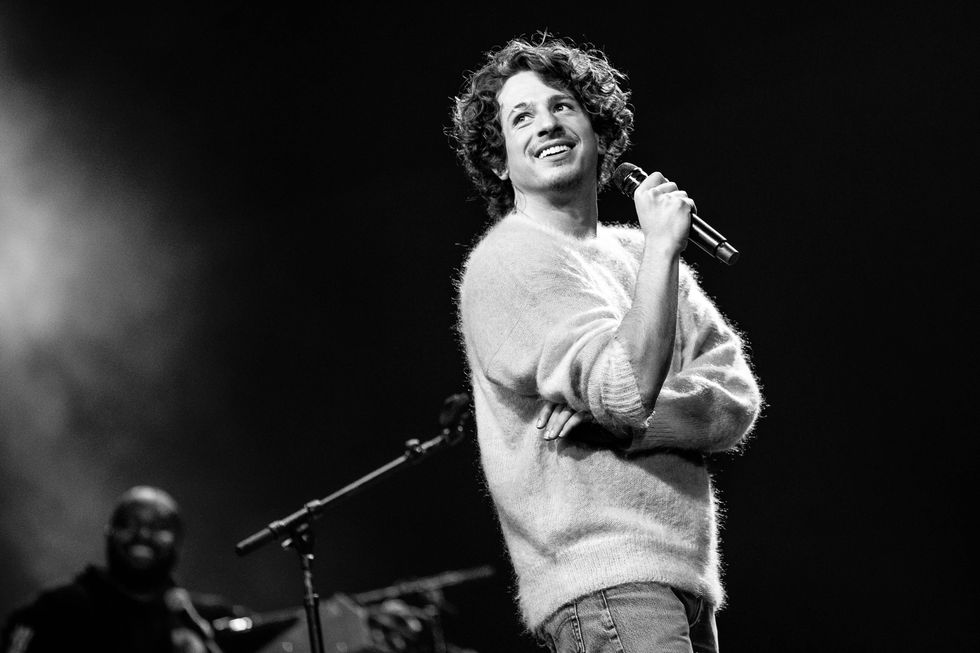 Charlie Puth performs onstage at an interactive global eConcert liveGetty Images
Charlie Puth performs onstage at an interactive global eConcert liveGetty Images 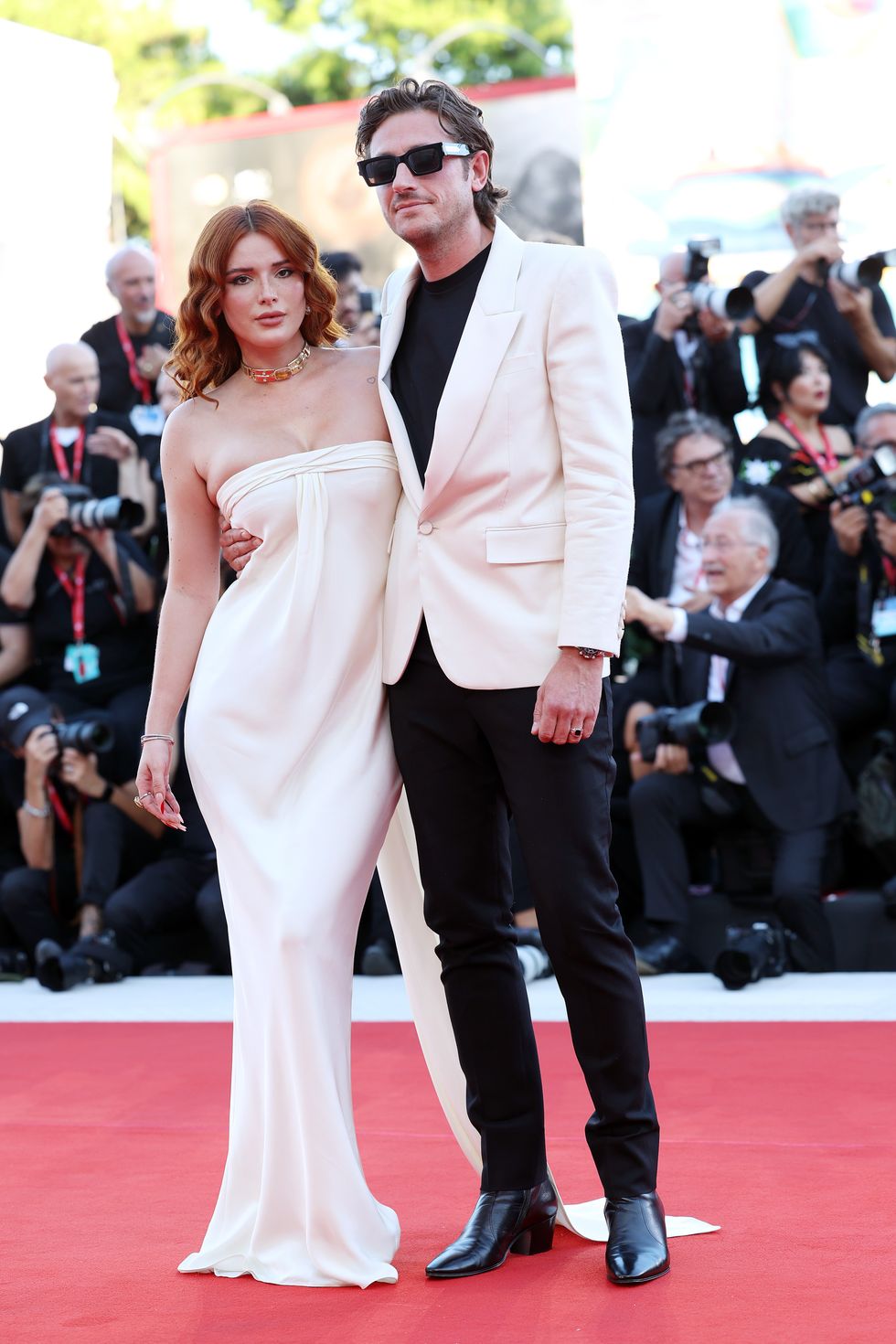 Bella Thorne and Mark Emms attend a red carpet for the movie "Priscilla"Getty Images
Bella Thorne and Mark Emms attend a red carpet for the movie "Priscilla"Getty Images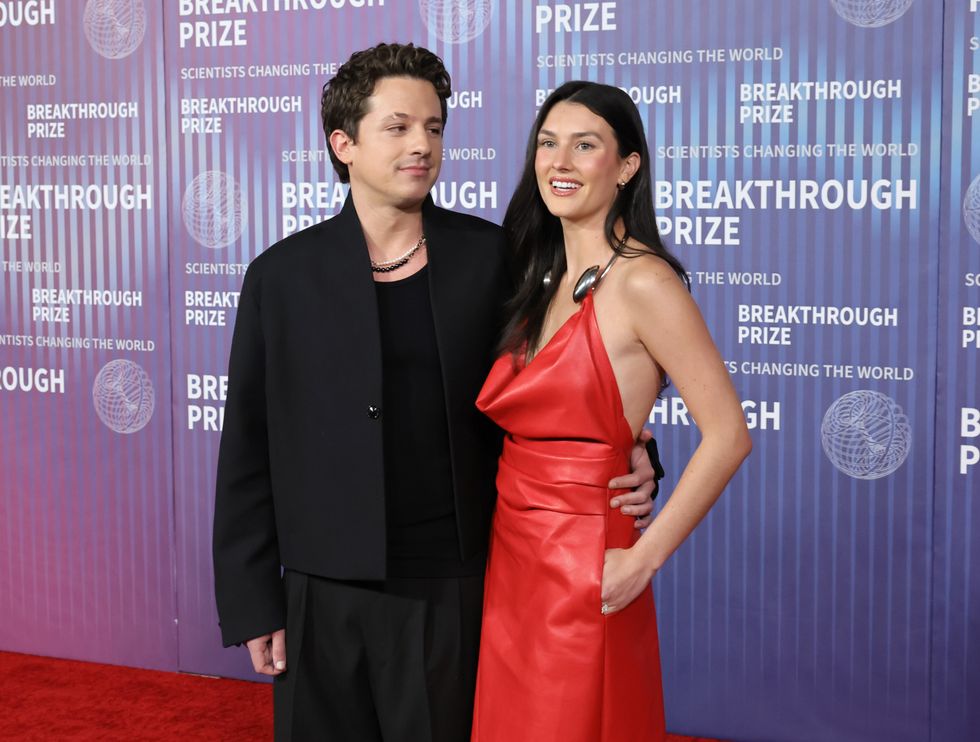 Charlie Puth and Brooke Sansone attend the 10th Breakthrough Prize CeremonyGetty Images
Charlie Puth and Brooke Sansone attend the 10th Breakthrough Prize CeremonyGetty Images





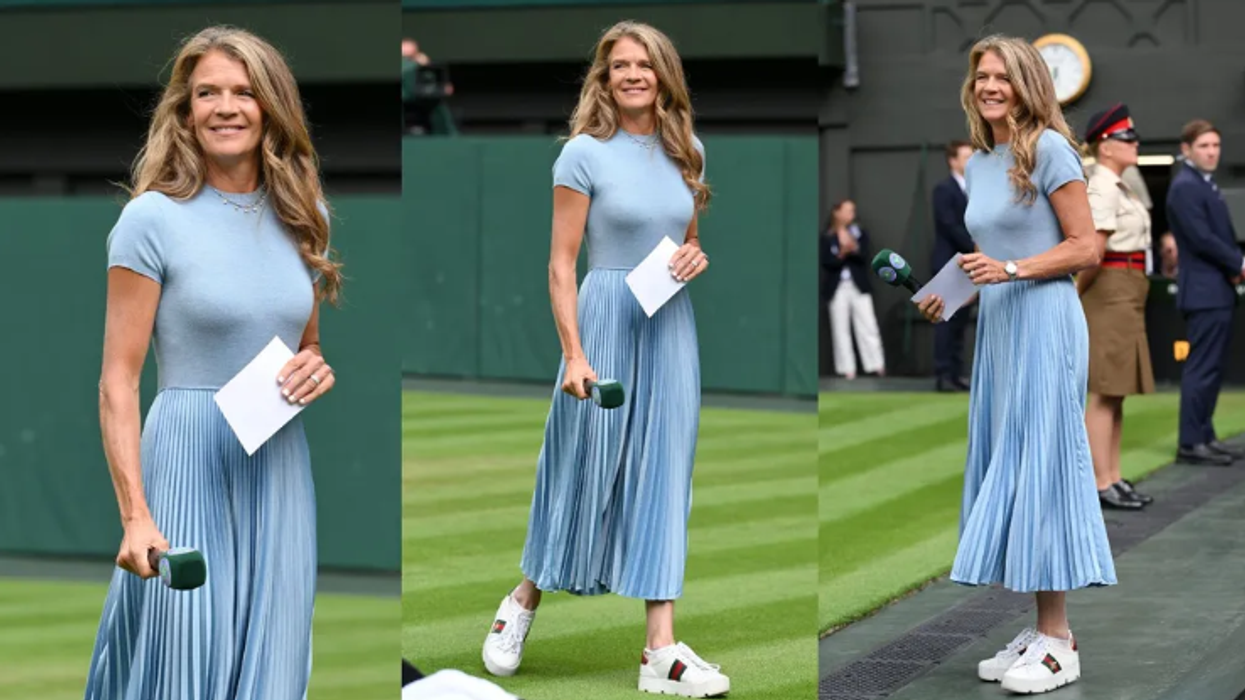



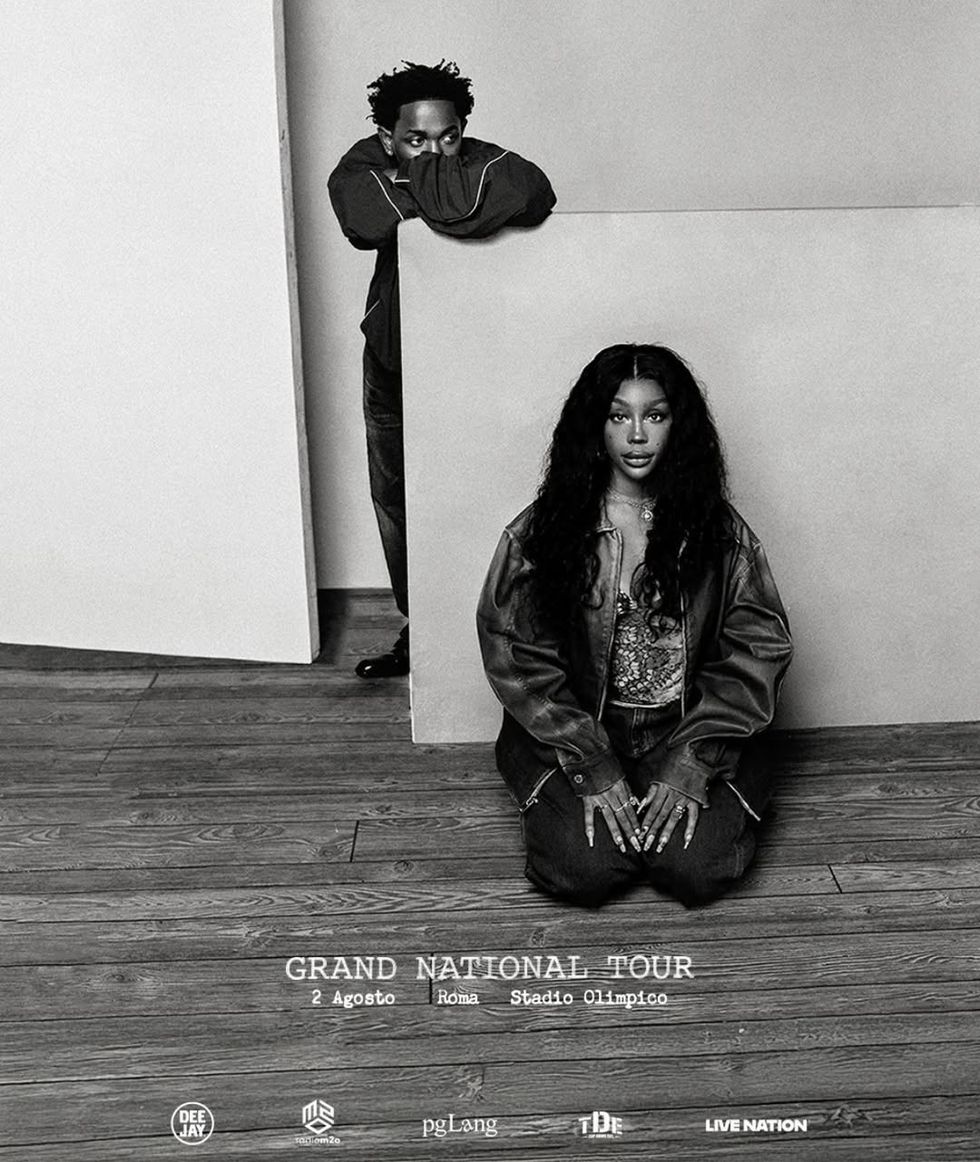 Kendrick Lamar and SZA commands the stage at Villa Park during his explosive opening setInstagram/
Kendrick Lamar and SZA commands the stage at Villa Park during his explosive opening setInstagram/
 Kap’s Cafe in Surrey was struck by gunfire late at night with staff still insideInstagram/
Kap’s Cafe in Surrey was struck by gunfire late at night with staff still insideInstagram/ Kaps Cafe Instagram Story Instagram Screengrab/
Kaps Cafe Instagram Story Instagram Screengrab/ Kaps Cafe Instagram Story Instagram Screengrab/
Kaps Cafe Instagram Story Instagram Screengrab/
 Charithra Chandran styled her hair in soft curls for the Ralph Lauren outfitInstagram/
Charithra Chandran styled her hair in soft curls for the Ralph Lauren outfitInstagram/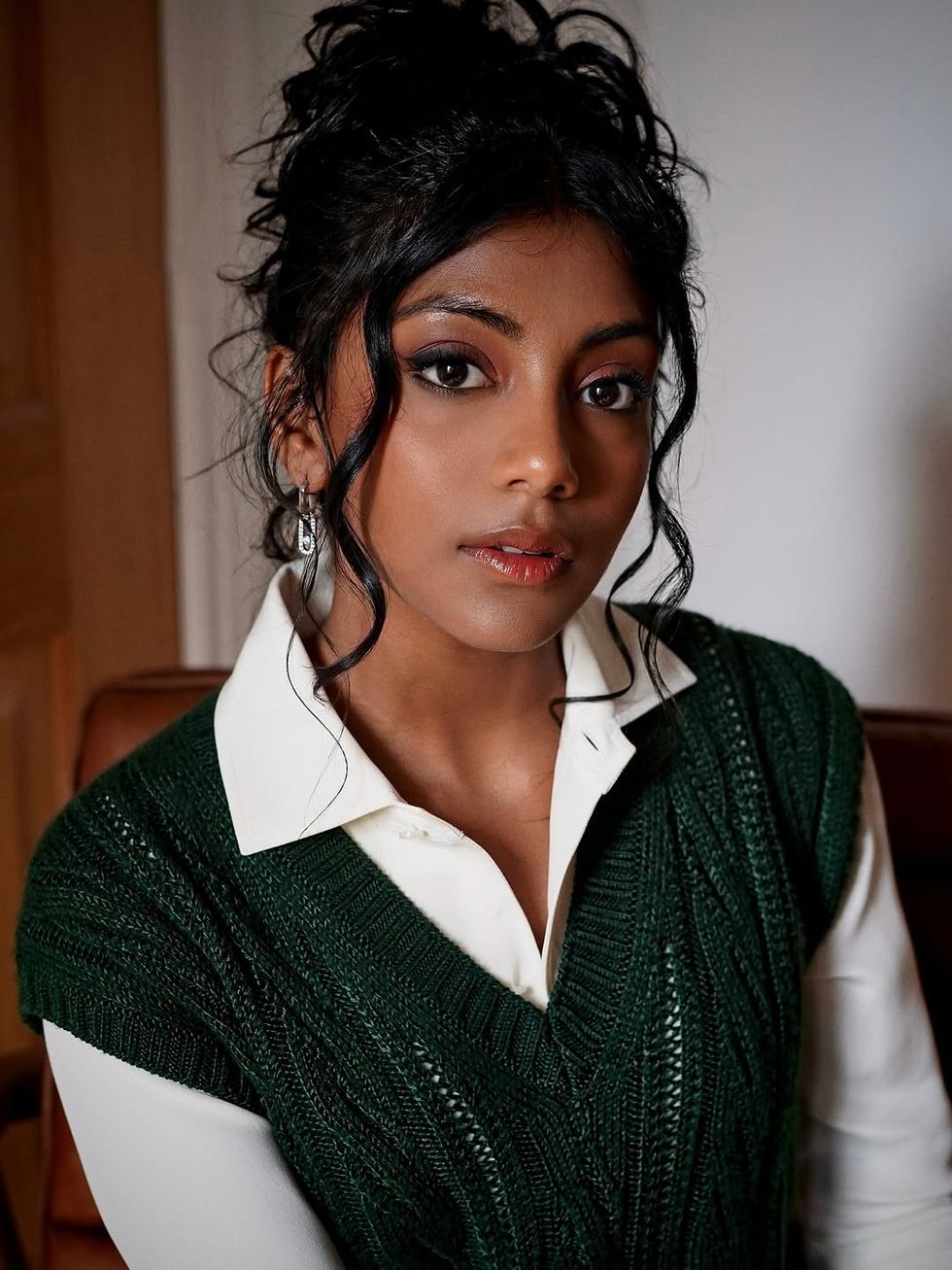 Charithra’s look was inspired by her character Edwina Sharma from BridgertonInstagram/
Charithra’s look was inspired by her character Edwina Sharma from BridgertonInstagram/
 New ‘Superman’ movie sparks backlash for portraying hero as immigrant symbol Instagram/
New ‘Superman’ movie sparks backlash for portraying hero as immigrant symbol Instagram/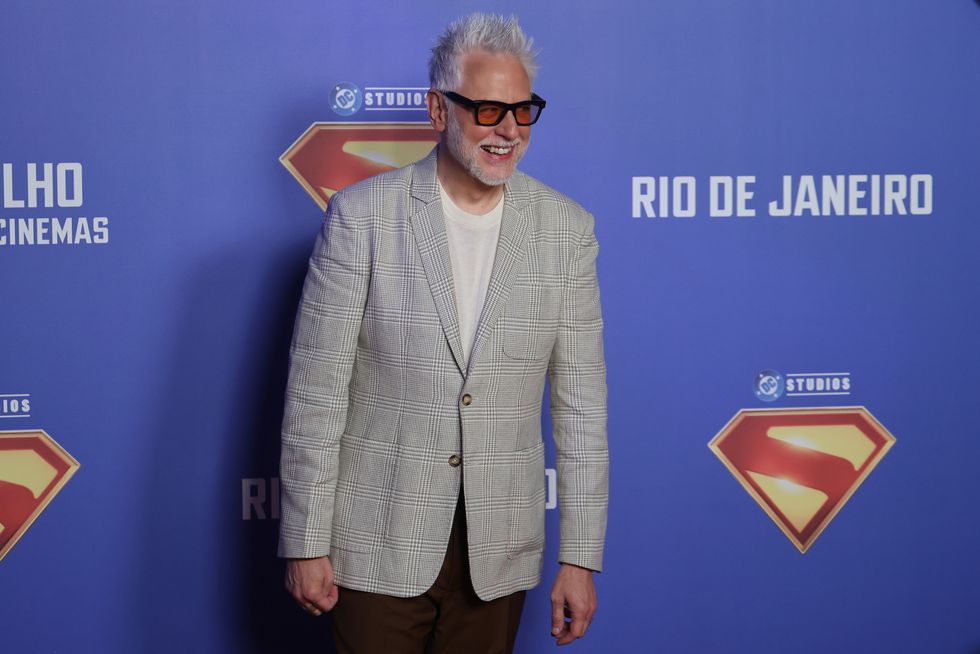 Director James Gunn attends the red carpet for the Superman movie premiereGetty Images
Director James Gunn attends the red carpet for the Superman movie premiereGetty Images 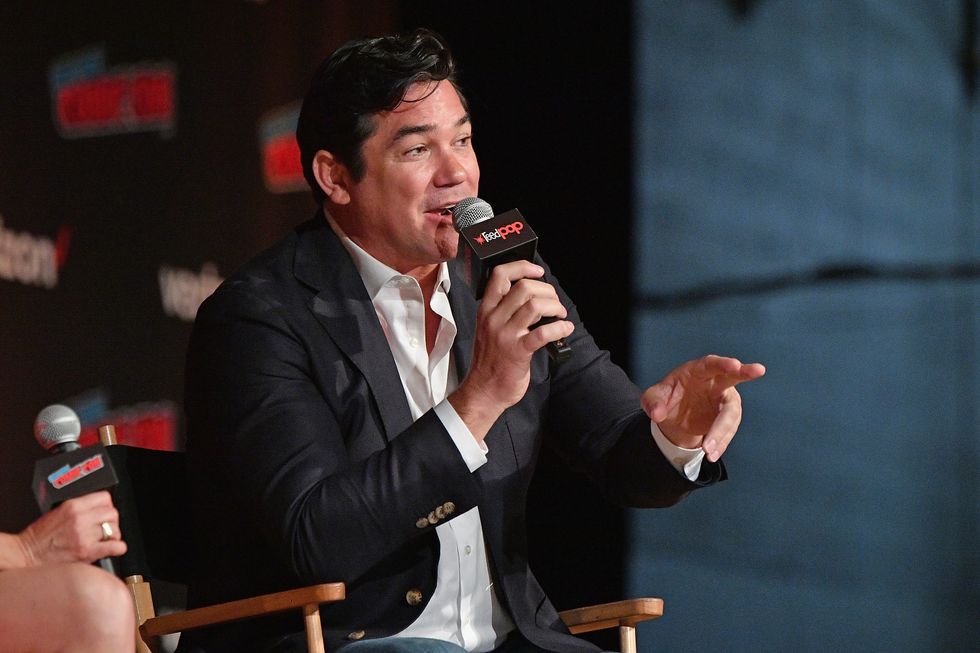 Dean Cain accused Hollywood of going too far with “woke” reinterpretationsGetty Images
Dean Cain accused Hollywood of going too far with “woke” reinterpretationsGetty Images